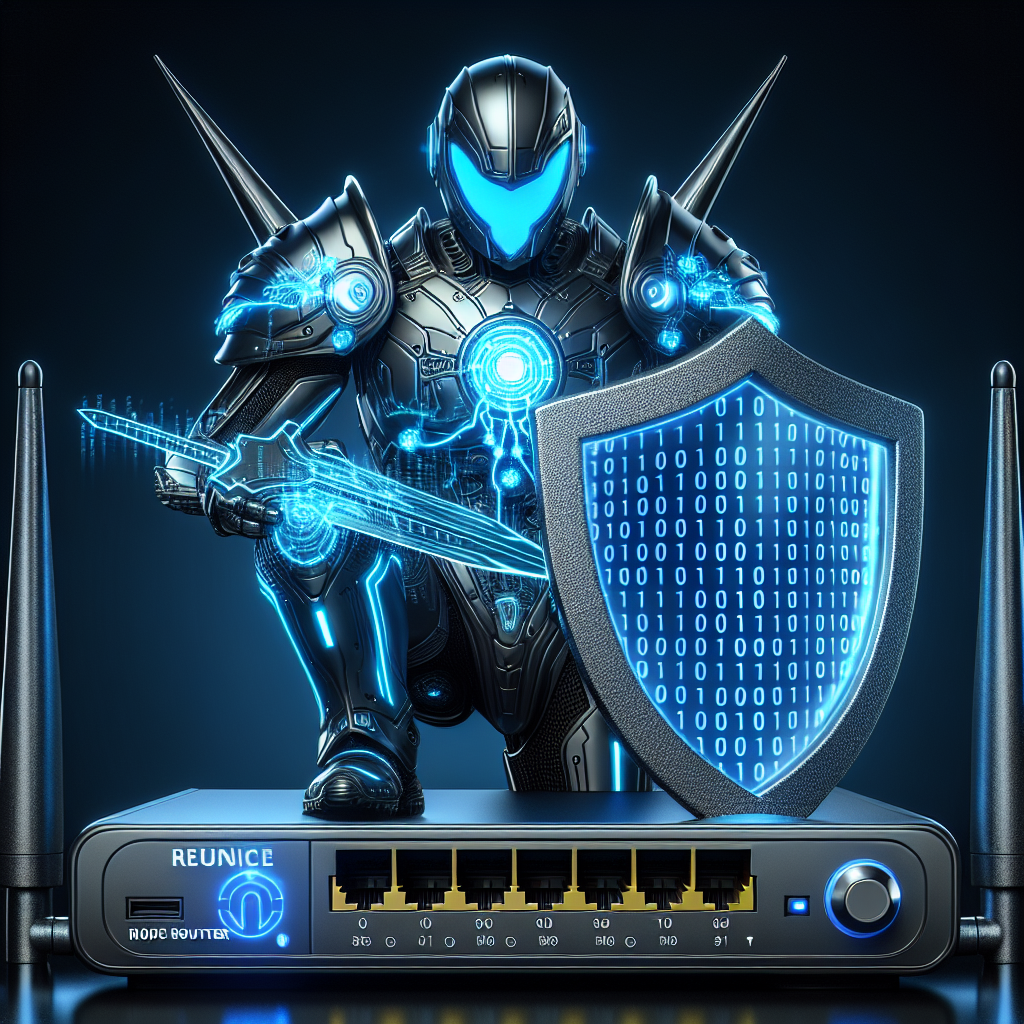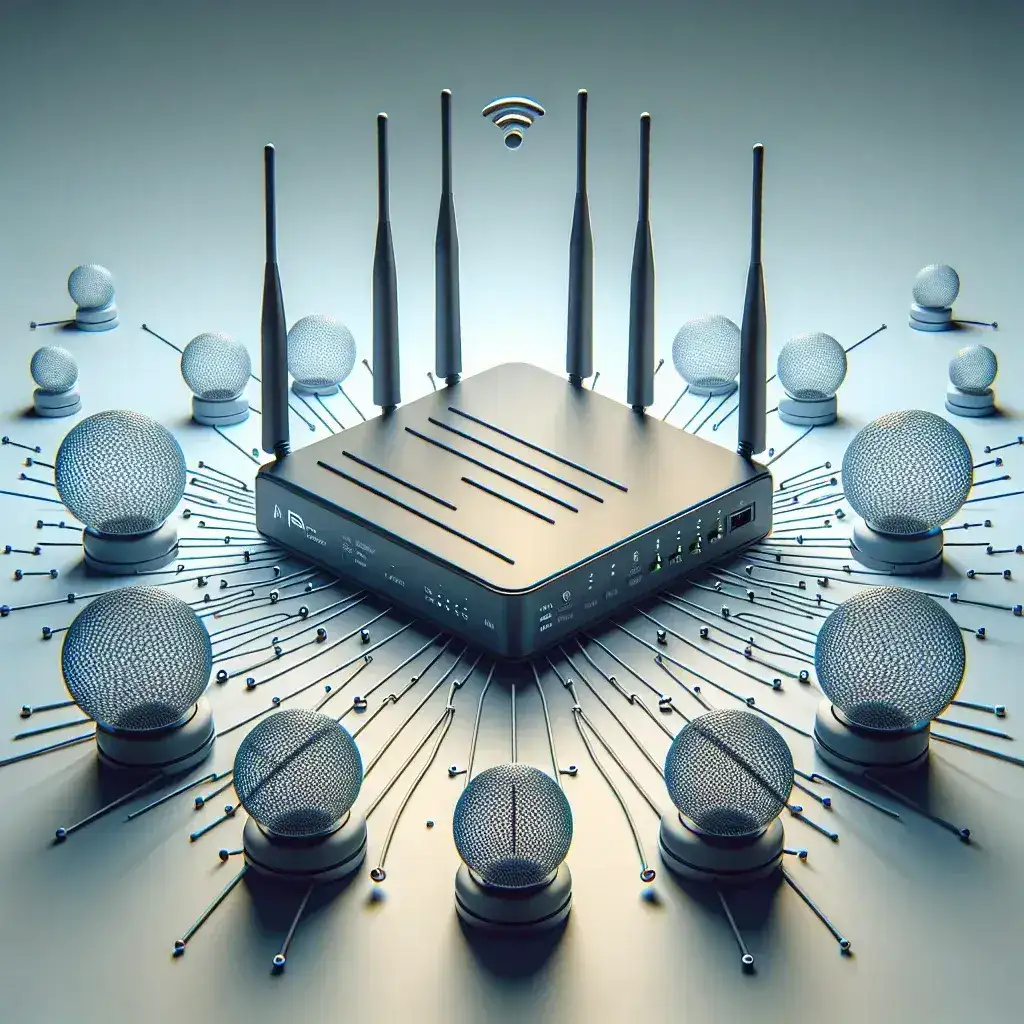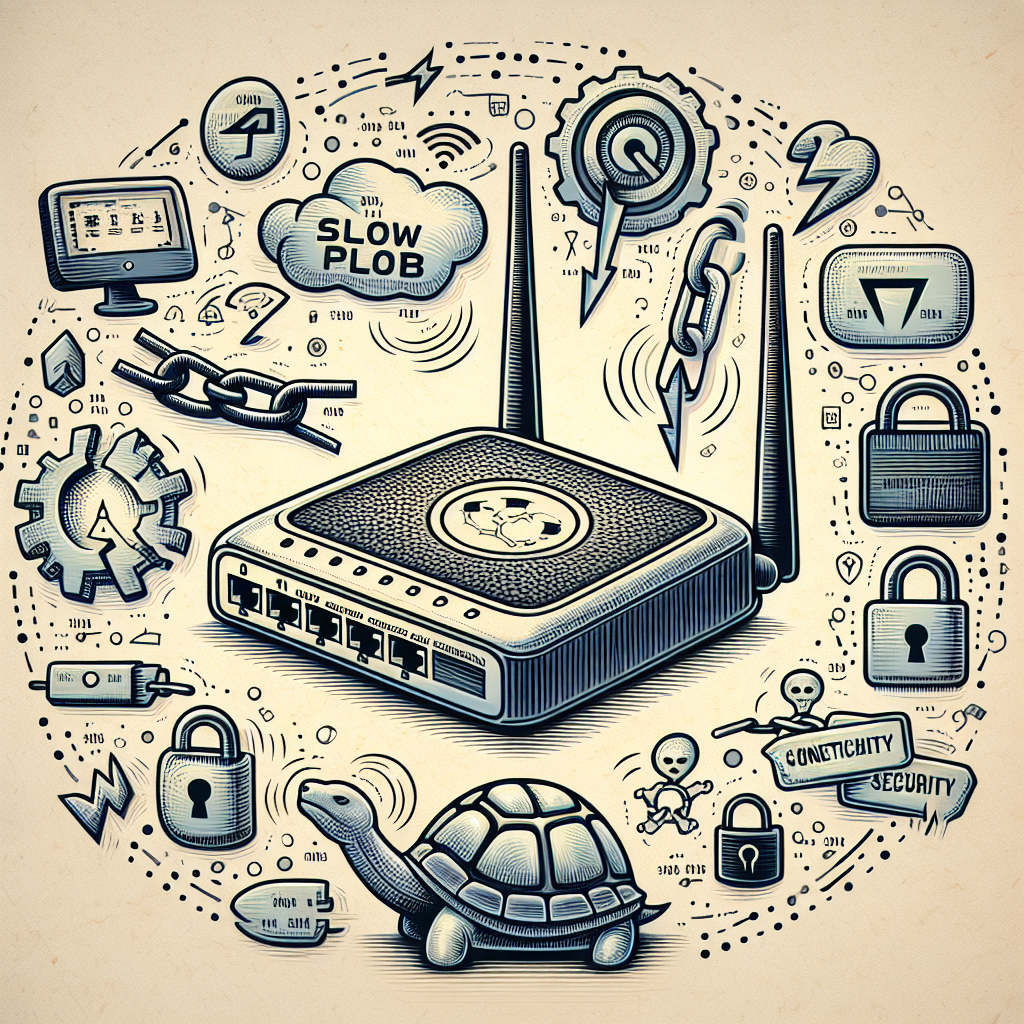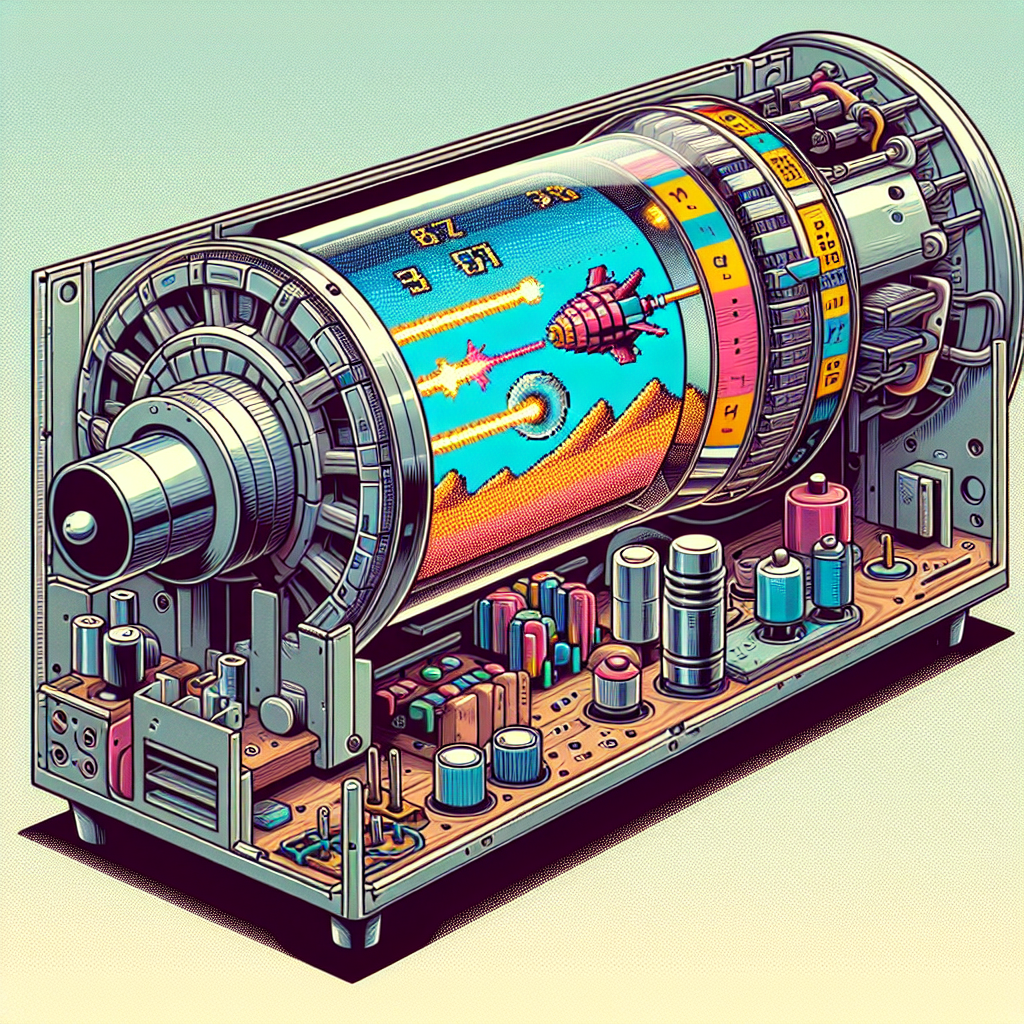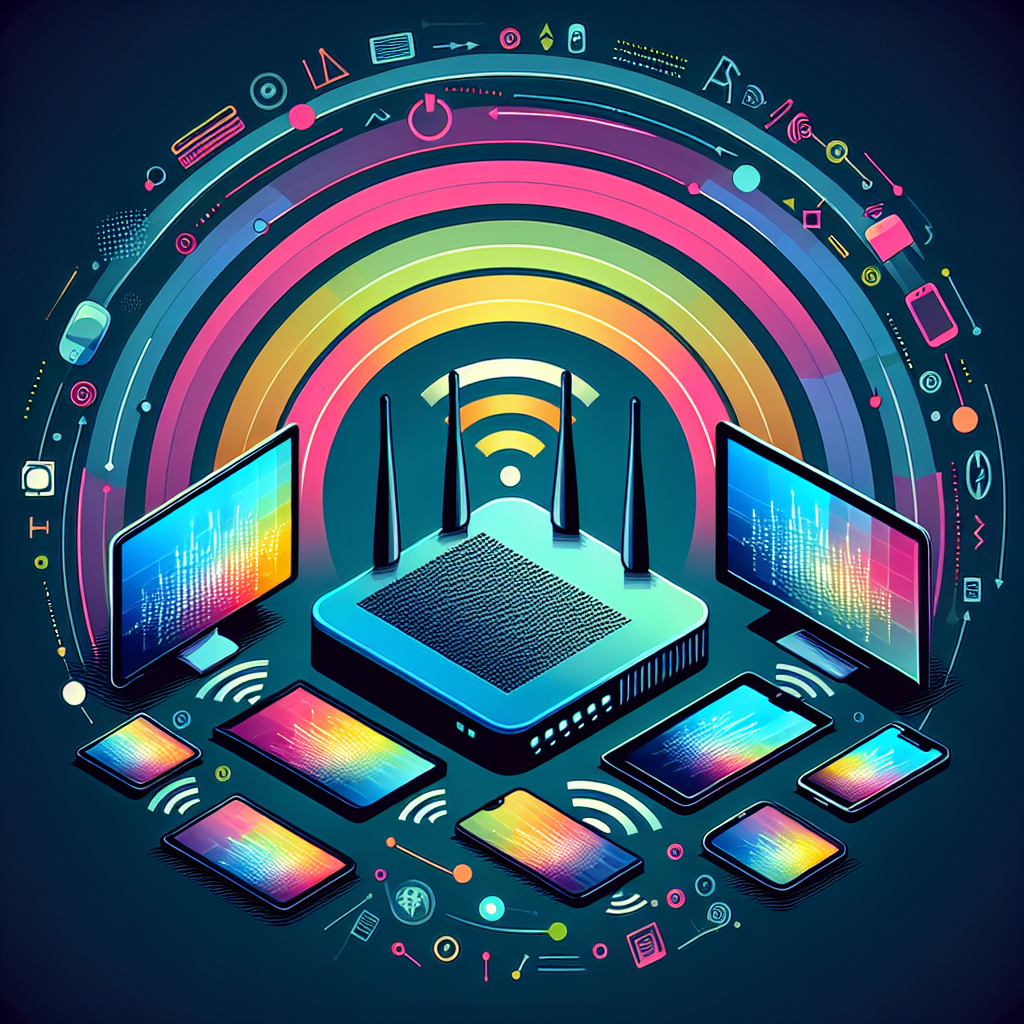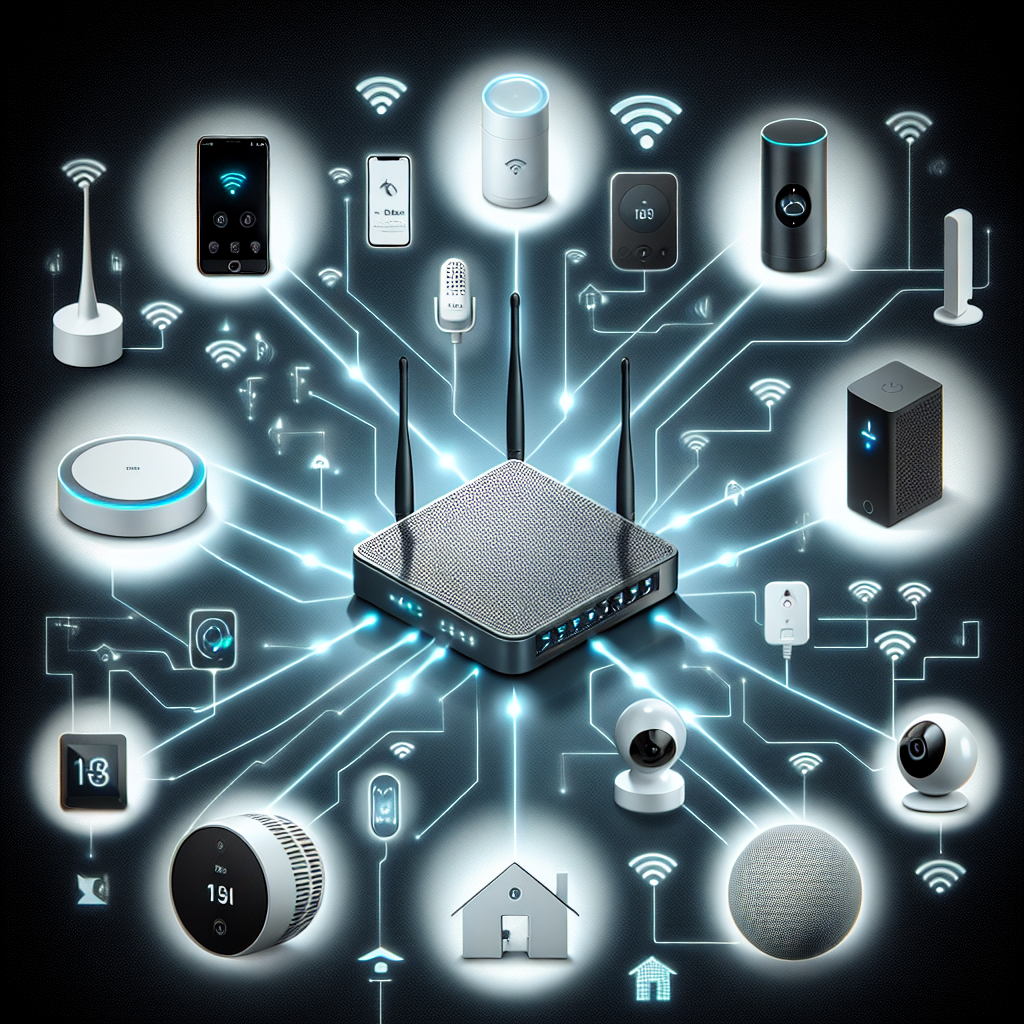Introduction
In today’s digital age, our lives are more connected than ever. We are constantly plugged in, scrolling through social media, checking emails, and consuming an endless stream of digital content. While technology has undoubtedly transformed our lives for the better, it has also brought about some negative consequences.
Excessive screen time has been linked to various health issues, including eye strain, poor posture, sleep disturbances, and mental health problems. To mitigate these risks and promote a healthier lifestyle, it is essential to implement a digital detox.
What is a Digital Detox?
A digital detox refers to a period of time where you intentionally disconnect from all digital devices, such as smartphones, tablets, and computers. It involves taking a break from constant screen exposure and embracing a more balanced approach to technology usage.
Benefits of a Digital Detox
- Improved Mental Health: Continuous exposure to screens can contribute to anxiety, depression, and increased stress levels. A digital detox allows you to take a step back, reduce digital noise, and focus on self-care activities that promote mental well-being.
- Enhanced Productivity: Constant interruptions from notifications and the urge to check social media can significantly impact productivity. By taking a digital detox, you can eliminate distractions and regain focus on important tasks.
- Better Sleep: The blue light emitted by screens disrupts the sleep-wake cycle, making it challenging to get quality sleep. Disconnecting from screens before bedtime can improve your sleep quality and overall well-being.
- Improved Relationships: Excessive screen time can strain personal relationships. By disconnecting from digital devices, you can devote more time and attention to meaningful interactions with loved ones.
Tips for a Successful Digital Detox
Implementing a digital detox can seem daunting, but with the right approach, it can be an enriching experience.
- Set Clear Boundaries: Determine the duration and specific rules for your digital detox. Communicate these boundaries with family, friends, and colleagues to manage expectations.
- Create a Tech-Free Zone: Designate areas in your home as tech-free zones, such as the dining table or the bedroom. This helps create a physical space for relaxation and promotes better screen-time habits.
- Engage in Offline Activities: Find activities that you enjoy and can do without screens. This could include reading books, practicing hobbies, going for walks, or spending time in nature.
- Practice Mindfulness: Use the time during your digital detox to incorporate mindfulness practices such as meditation or deep breathing exercises. This can help reduce stress and increase focus.
- Gradually Reduce Screen Time: If a complete digital detox feels overwhelming, start by gradually reducing your screen time. Set small goals, such as turning off your phone during meals or implementing a screen curfew before bed.
Conclusion
A digital detox is crucial in today’s hyper-connected world. By taking regular breaks from screens and balancing our technology usage, we can improve our mental and physical well-being, enhance productivity, and cultivate healthier relationships with ourselves and others. Embrace the power of a digital detox and experience the benefits it brings to your life.

